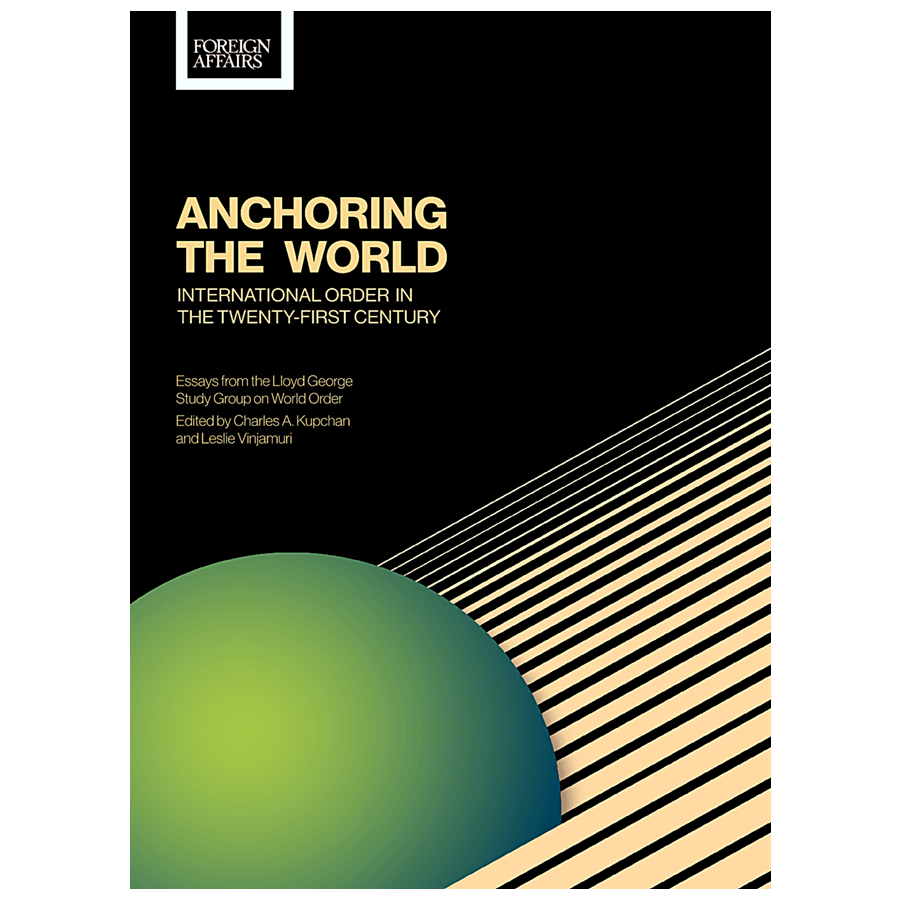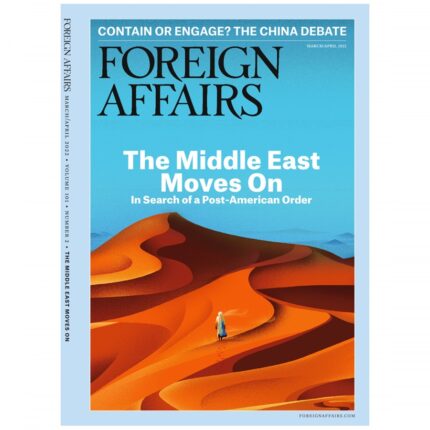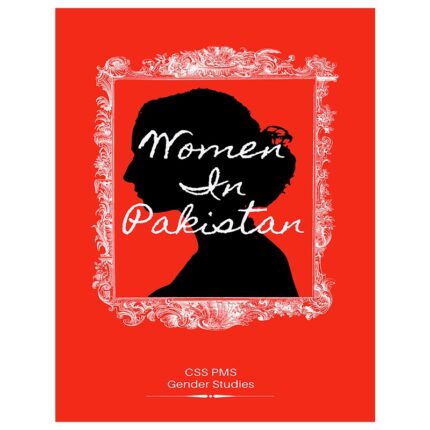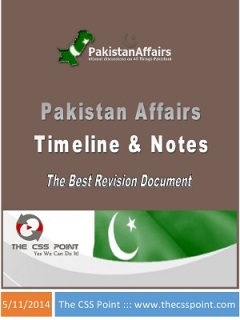Anchoring The World – The International Order in The 21st Century. The close of World War I was accompanied by great political and intellectual ferment over how to build a more peaceful and democratic postwar world. U.S. President Woodrow Wilson spent the first half of 1919 in Europe, working closely with British Prime Minister David Lloyd George, French Prime Minister Georges Clemenceau, and other leaders. Together, they concluded the Treaty of Versailles and brought to life the League of Nations.
The league was a radical innovation, a bold attempt to build an assembly of nations committed to peace, open diplomacy, and international law. Some 60 countries joined, cooperating to mediate territorial disputes, reduce armaments, set up an international court of justice, protect ethnic minorities, and create a health section to contain disease (the league took shape amid the influenza pandemic of 1918– 1919). The league was, however, dealt an early blow when the U.S. Senate rejected U.S. membership, refusing to allow participation in a rules-based international order that it deemed would encroach on the nation’s sovereignty.
The league’s failure to organize an effective response to the nationalism and militarism in both Europe and Asia during the 1930s further damaged its credibility. Anchoring The World – The International Order in The 21st Century. Yet the innovative burst of order building that took place at the close of World War I left an imprint on global affairs and would go on to shape the United Nations and the broader postwar architecture that emerged after the next global war. In effect, 1919 was a dry run for 1945. The intellectual ferment of the post–World War I era took place
not only among diplomats and political leaders.
Societies at large were jolted and brought together by the Great War. Educators, members of the business community, journalists, and average citizens became more internationalist and more interested in statecraft. In 1919, Georgetown University founded the School of Foreign Service to educate students in international commerce and diplomacy.
[maxbutton id=”1″ url=”https://thecsspoint.com/link/10590″ ]





















